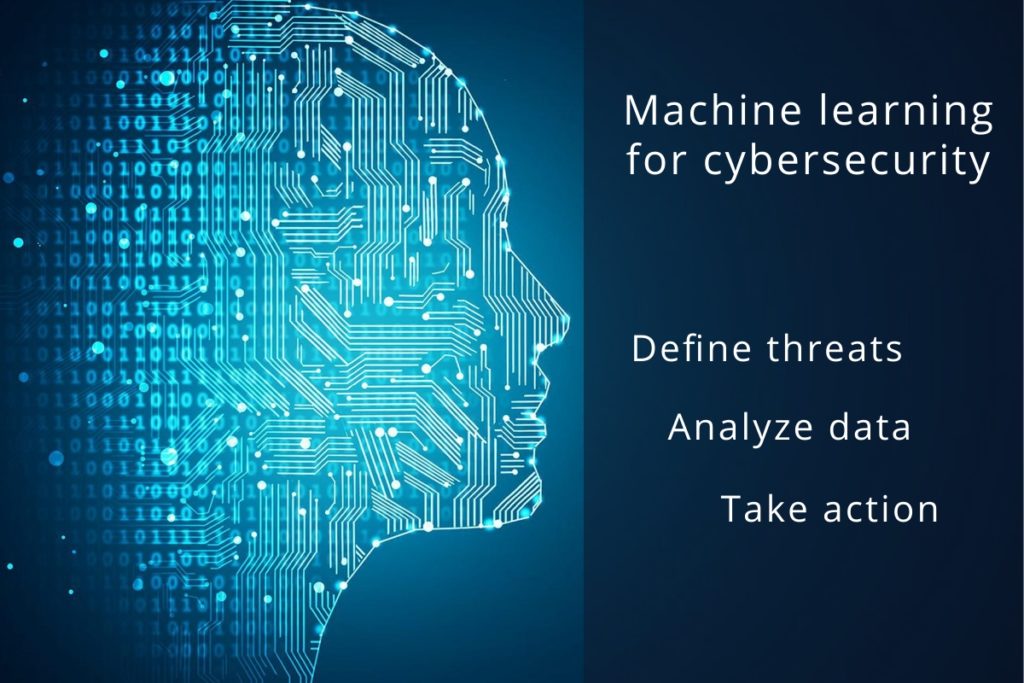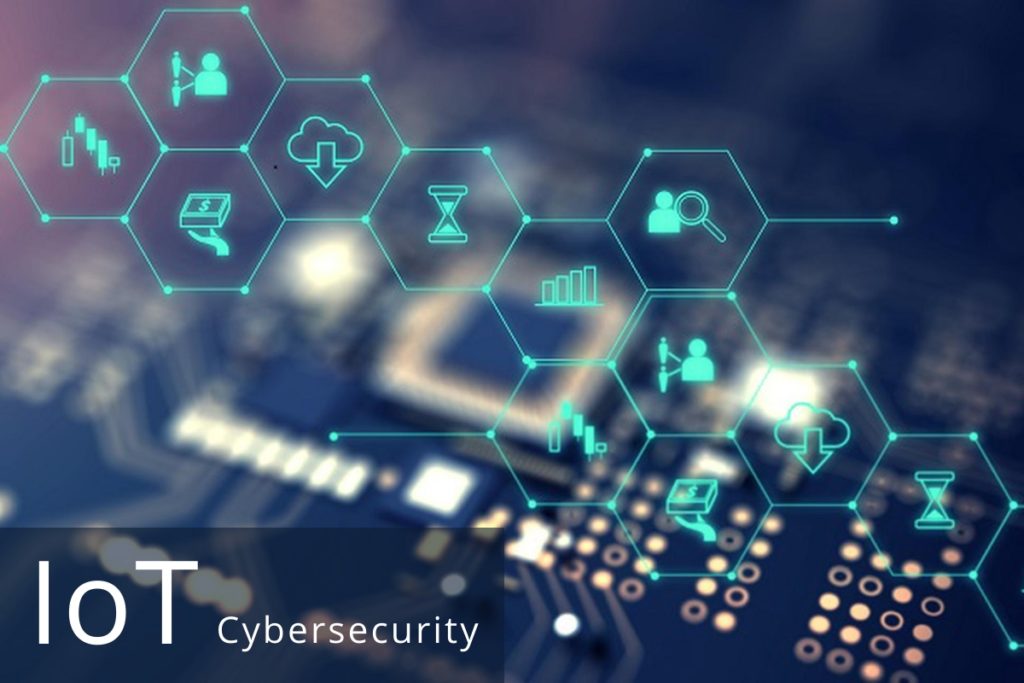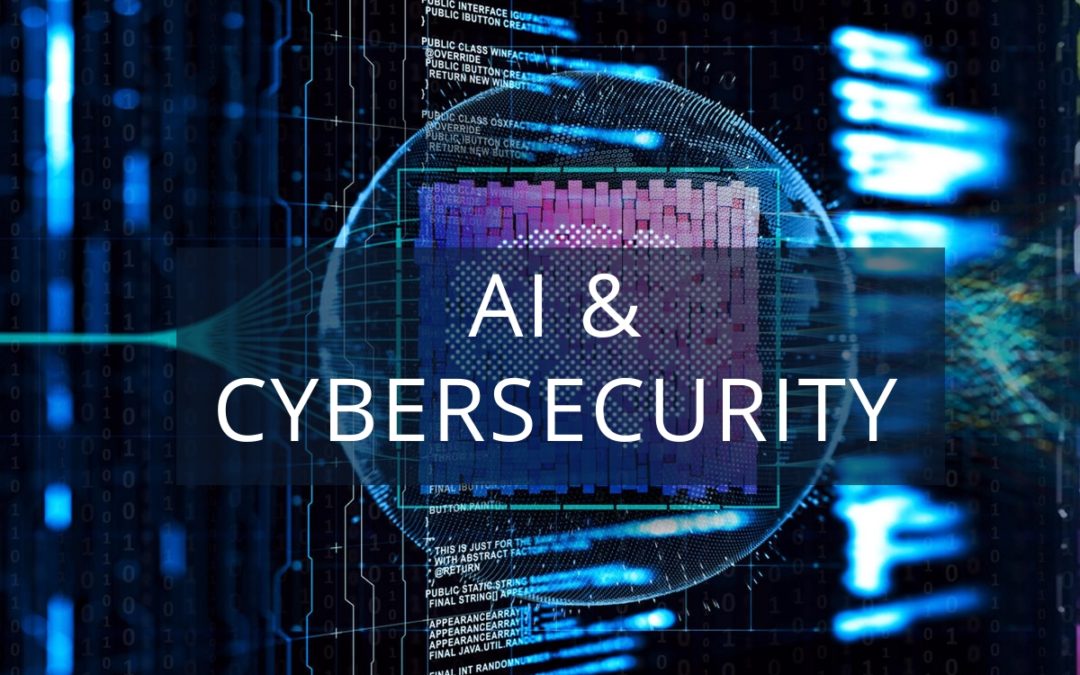Artificial intelligence (AI) applied to corporate cybersecurity provides businesses with an extra layer of security to protect sensitive data transmitted between private networks and API endpoints. Thanks to its abilities to analyze unstructured data and predict security vulnerabilities using machine learning (ML) and natural language processing (NLP), cybersecurity professionals are able to get detailed ongoing insight about possible attacks and how to quickly and cost-effectively stop them. This article breaks down how that’s done.
Predictive analytics to prevent malicious attacks
Traditionally data analytics has been considered a fast and reliable way to uncover anomalies in user activities and network patterns. Cybersecurity teams are to analyze tons of data to identify exploits that attackers have used to access a corporate network. They react to a malicious activity that has already happened. With an AI-enabled predictive analytics system in place, cybersecurity professionals can use insight-based network monitoring tools to effectively track at-risk activities and prevent intrusions in a real-time environment.
Predictive analytics ensures the cybersecurity of corporate networks by means of analyzing previous attacks and recognizing behavioural patterns far better than any human. AI systems learn to identify malicious attacks before they even happen much like what happens in the movie ‘Minority Report’. It can even predict possible intrusion scenarios even if they’re not similar to previously known signatures. They do a superhuman job to effectively process Big Data and determine exactly what a corporate network’s normal behavior looks like and how to keep the network safe for the longest possible time.
Machine learning to augment human-led security teams
Today artificially intelligent security systems should not be considered to be just a result of hardcoding and script programming. Cybersecurity AI specifically means the system’s ability to learn from great sums of network data, the more the better, and recognize malicious attack patterns that might have been otherwise missed by a human. Thanks to machine learning, AI creates a flexible and effective corporate cybersecurity system that processes millions of math operations and applies everything it has previously learned to augment human-led security teams in companies.
ML-enabled cybersecurity serves as a next-generation firewall system that examines existing network data, correlates it to what it already knows, and generates insights or call-to-actions for a human user. This process is complex but the basic idea comes with these three steps:
1. Define cybersecurity threats: the system examines the mass of prior research using ML and NLP to identify exploits and patterns of attack. This information can be found within firewall activity records, antivirus scan reports, network device syslogs, user access logs, even emails, etc.
2. Analyze network data: the system provides insights based on an ongoing analysis of network data that includes possibles types of cyberattack that may occur, the types of threat entities involved in the attack, and what actions are best to perform to secure the network. Machines analyze the network status in milliseconds to continually add to the corpus of knowledge, generating new insights based on new information.
3. Take intelligent action: ML provides insight into possible threats, and security professions use this insight to effectively defend the network or proactively prevent an attack. ML ensures cybersecurity intelligence by reporting about possible security events and their ranking based on the likelihood that this is the security event being encountered.

NLP to provide cybersecurity context
Natural language processing (NLP) is a branch of AI and a subset of ML that allows machines to understand, organize and communicate the information they collect from a body of knowledge. NLP makes it possible for a computer to read and learn from data on its own, without being supervised by people. The cool thing is that NLP systems work in a fashion similar to the human brain.
Applied to corporate cybersecurity, NLP machines gain the ability to detect threats and instructions by analyzing security incidents compiled from a variety of inputs. NLP uses input from unstructured and structured data to provide the context needed by a cybersecurity engineer to respond to sophisticated cyberattacks – faster and smarter.
With the contextual data updating the cybersecurity body of knowledge every millisecond, the time it takes for a security team to prevent a malicious attack can be reduced to seconds. This way NLP gets corporate cybersecurity systems smarter and augments human intelligence.
Protecting the IoT ecosystem
The Internet of Things (IoT) ecosystem represents billions of connected systems and devices that transmit sensitive data over the Internet. Video surveillance cameras, flame detectors, lights in offices, speaker systems, vending machines are examples of IoT hardware connected to a huge number of network endpoints that must be considered when protecting corporate network.

If your company develops IoT systems, whether it is for in-house or client use, you need to make cybersecurity part of your development cycle. Below are two considerations in this regard:
First, the security of an IoT-enabled software system should be improved with good vulnerability assessment during the development process. Cybersecurity engineers reduce the probability of a threat by evaluating the security risks of network operations in the IoT system over a period of time and applying effective solutions to potential problems.
Second, like tens of thousands of other IT companies and startups in the industry, you use Lean – Agile development method to prototype and release IoT software because Lean optimizes your product and Agile saves your time and resources. But you don’t want to come with an MVP (minimum viable product) that lacks user test coverage. In this regard, it is reasonable to run the best user testing between releases to fill up your user story with new use cases and do network security and penetration testing.
Keep up with changing technology trends
Today companies must continuously review their cybersecurity systems and find ways to improve network infrastructures. To keep up with persistent network vulnerability, they can use AI-enabled technologies such as predictive analytics, machine learning and natural language processing that assist in the investigation of security threats and identifies the root cause of a cyberattack.
In short, if your company does not keep up with the emerging AI technologies for cybersecurity, it is not able to maintain a sufficient level of corporate cybersecurity needed to protect sensitive business data.
About author:
Dmitry Bogdanov is a marketing director at Intersog, a custom software development company based in the US. He is a fan of emerging technologies like AI, cybersecurity and IoT and believes that the future will be exciting thanks to good things that change this world today.


Recent Comments